Milad Vazan
Augmenting Vision-Based Human Pose Estimation with Rotation Matrix
Oct 09, 2023



Abstract:Fitness applications are commonly used to monitor activities within the gym, but they often fail to automatically track indoor activities inside the gym. This study proposes a model that utilizes pose estimation combined with a novel data augmentation method, i.e., rotation matrix. We aim to enhance the classification accuracy of activity recognition based on pose estimation data. Through our experiments, we experiment with different classification algorithms along with image augmentation approaches. Our findings demonstrate that the SVM with SGD optimization, using data augmentation with the Rotation Matrix, yields the most accurate results, achieving a 96% accuracy rate in classifying five physical activities. Conversely, without implementing the data augmentation techniques, the baseline accuracy remains at a modest 64%.
Machine Learning and Data Science: Foundations, Concepts, Algorithms, and Tools
Feb 15, 2022Abstract:Today, data is a fuel for businesses to gain important insights and improve their performance. There is no industry in the world today that does not use data. But who will get this insight? Who processes all the raw data? Everything is done by a data analyst or a data scientist.
Joint Learning for Aspect and Polarity Classification in Persian Reviews Using Multi-Task Deep Learning
Jan 17, 2022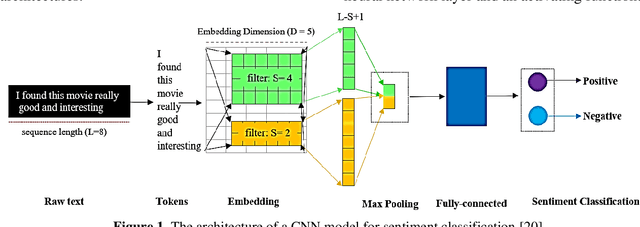
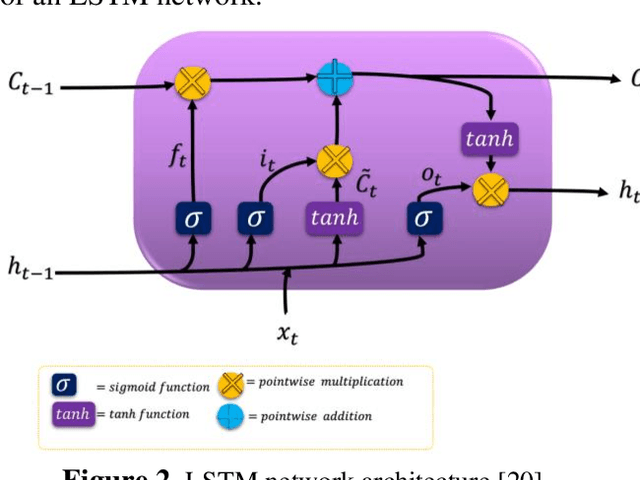
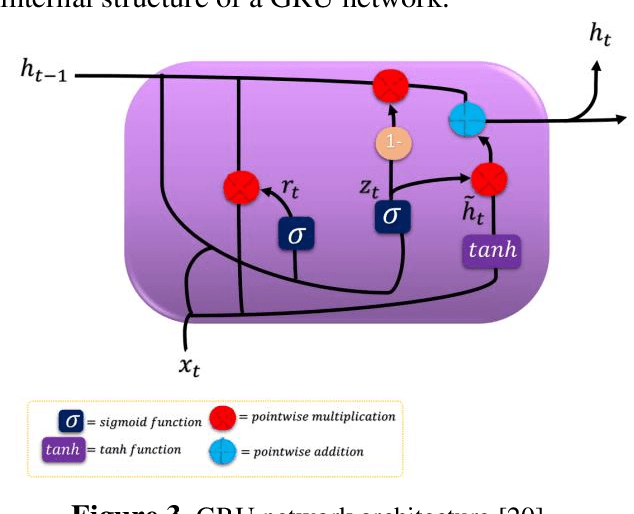
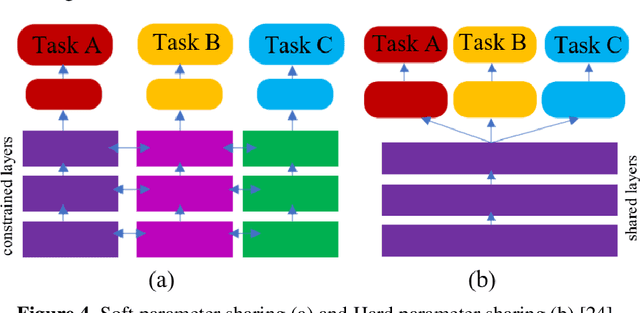
Abstract:The purpose of this paper focuses on two sub-tasks related to aspect-based sentiment analysis, namely, aspect category detection (ACD) and aspect category polarity (ACP) in the Persian language. Most of the previous methods only focus on solving one of these sub-tasks separately. In this paper, we propose a multi-task learning model based on deep neural networks, which can concurrently detect aspect category and detect aspect category polarity. We evaluated the proposed method using a Persian language dataset in the movie domain on different deep learning-based models. Final experiments show that the CNN model has better results than other models.
Jointly Modeling Aspect and Polarity for Aspect-based Sentiment Analysis in Persian Reviews
Sep 19, 2021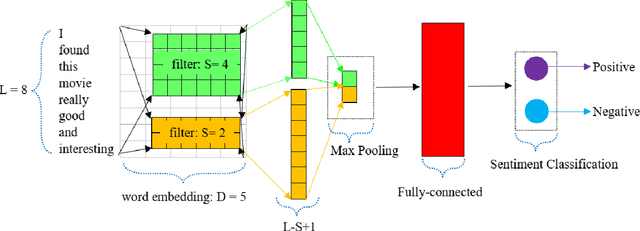
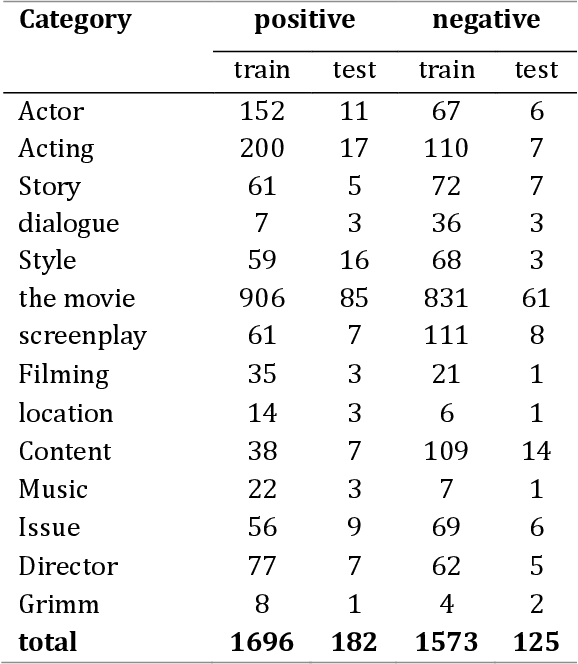
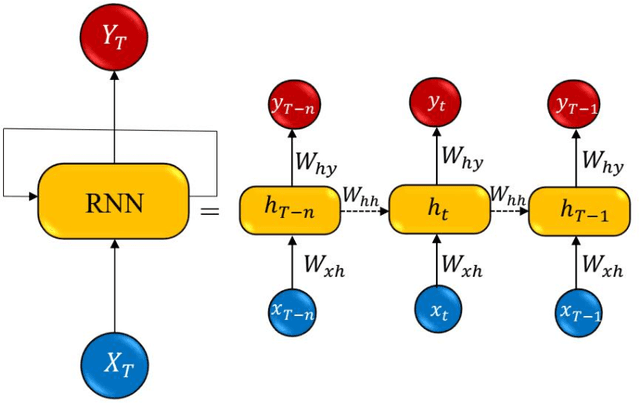
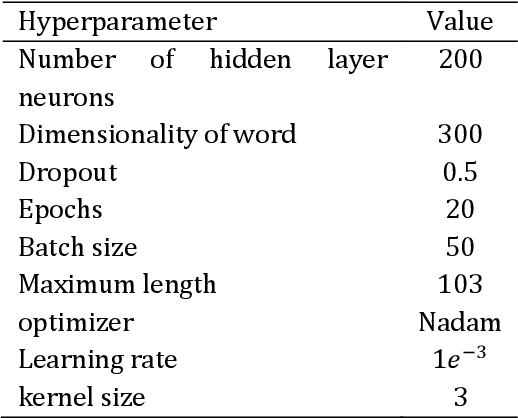
Abstract:Identification of user's opinions from natural language text has become an exciting field of research due to its growing applications in the real world. The research field is known as sentiment analysis and classification, where aspect category detection (ACD) and aspect category polarity (ACP) are two important sub-tasks of aspect-based sentiment analysis. The goal in ACD is to specify which aspect of the entity comes up in opinion while ACP aims to specify the polarity of each aspect category from the ACD task. The previous works mostly propose separate solutions for these two sub-tasks. This paper focuses on the ACD and ACP sub-tasks to solve both problems simultaneously. The proposed method carries out multi-label classification where four different deep models were employed and comparatively evaluated to examine their performance. A dataset of Persian reviews was collected from CinemaTicket website including 2200 samples from 14 categories. The developed models were evaluated using the collected dataset in terms of example-based and label-based metrics. The results indicate the high applicability and preference of the CNN and GRU models in comparison to LSTM and Bi-LSTM.
 Add to Chrome
Add to Chrome Add to Firefox
Add to Firefox Add to Edge
Add to Edge